
presentation on present indefinite tense
Past perfect continuous tense. Past continuous tense is used to indicate an action that happened before a certain point of time in the past and continued while speaking. He had been studying when I returned home. The hermit had been working before the king arrived. Structure. Subject+had+been+verb+ing+Object.

Past Indefinite Tense in Urdu Structures and Examples Engrabic English phrases sentences
Past Indefinite Tense also called simple past tense is used to depict an action completed in the past, a past habit, or a state which held true in the past. It shows that we are talking about something that has already happened. The auxiliary used in simple past tense did while the state of being (to be) is was/were.
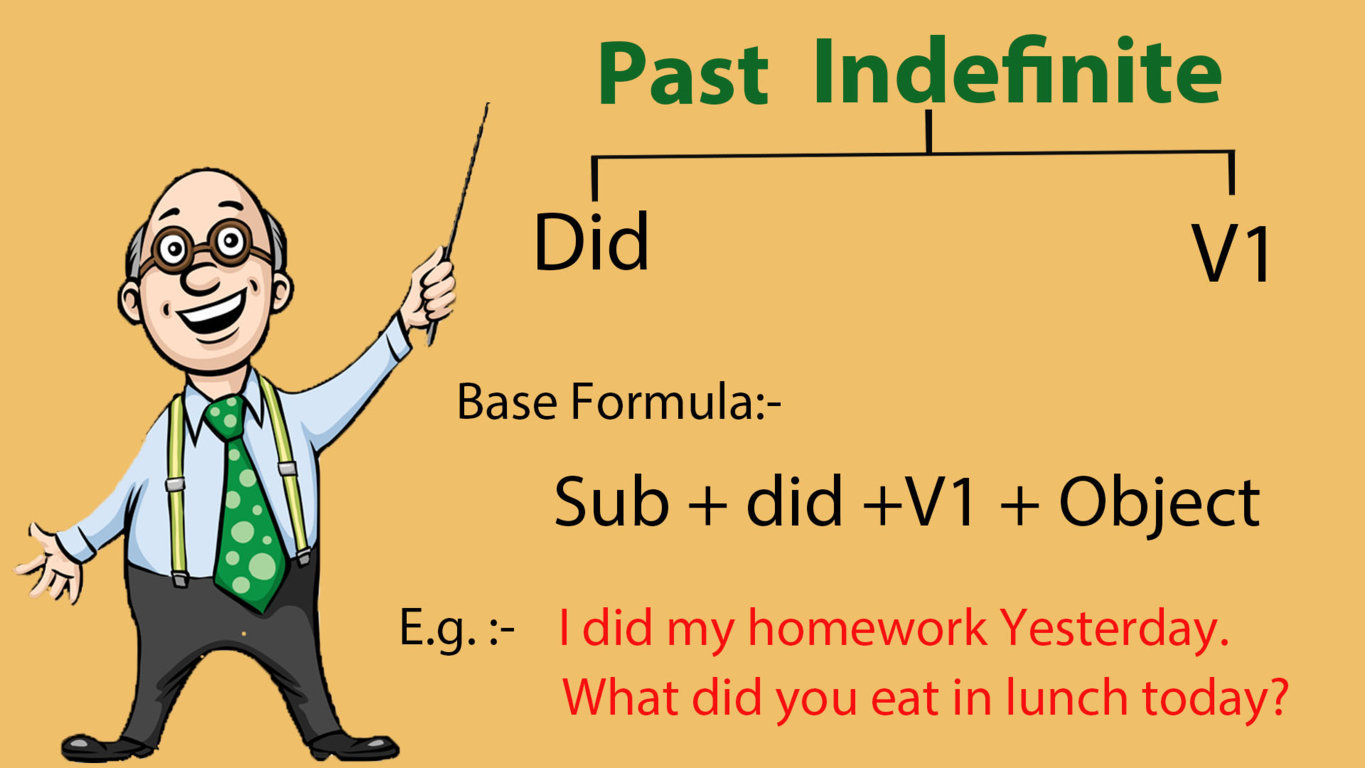
Past Indefinite Tense Learn English Speaking with Englispeaker
Past Indefinite tense definition: The Past Indefinite tense, also known as the Simple Past tense, is used to talk about actions that occurred in the past at a specific time. Always remember, the time of the action, if not already understood, needs to be mentioned as this is an important facet of the Past Indefinite tense.

Past Tense Passive Voice with Examples and Urdu Explanation learn Past indefinite passive voice
TENSE in English Grammar | Present tense, Past tense and Future tense | Tense by Dharmendra Sir#english #basicenglishgrammar #englishgrammar #learnenglish #d.
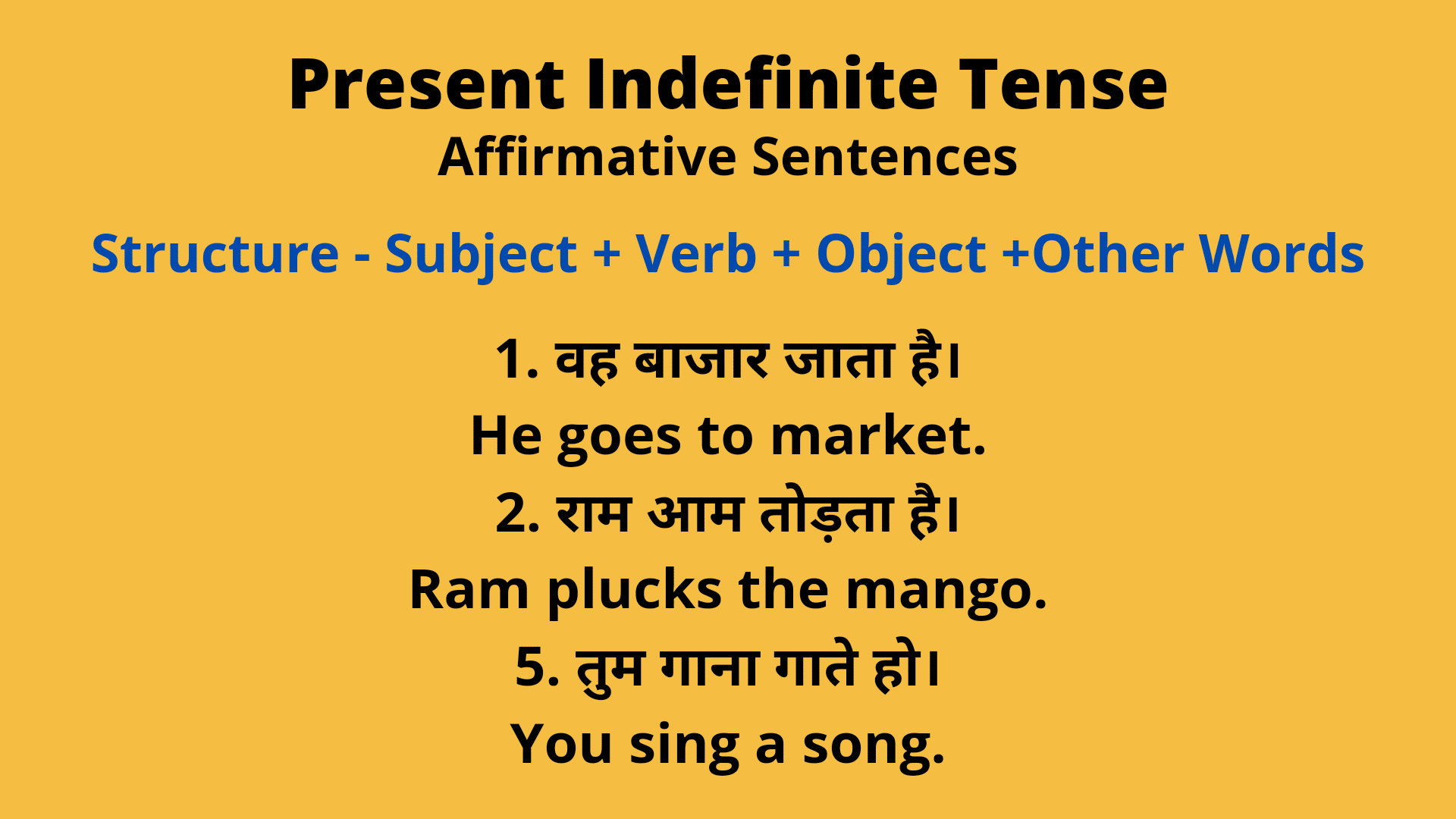
Present Indefinite Tense in Hindi Rules, Examples Exercises
The Macmillan Dictionary defines 'past tense' as "the forms of a verb group indicating that an action or event happened regularly, or that a situation existed or was true during a period before now." Types of Past Tense The past tense has four different forms to indicate the varied nature of actions that happened in the past. They are:
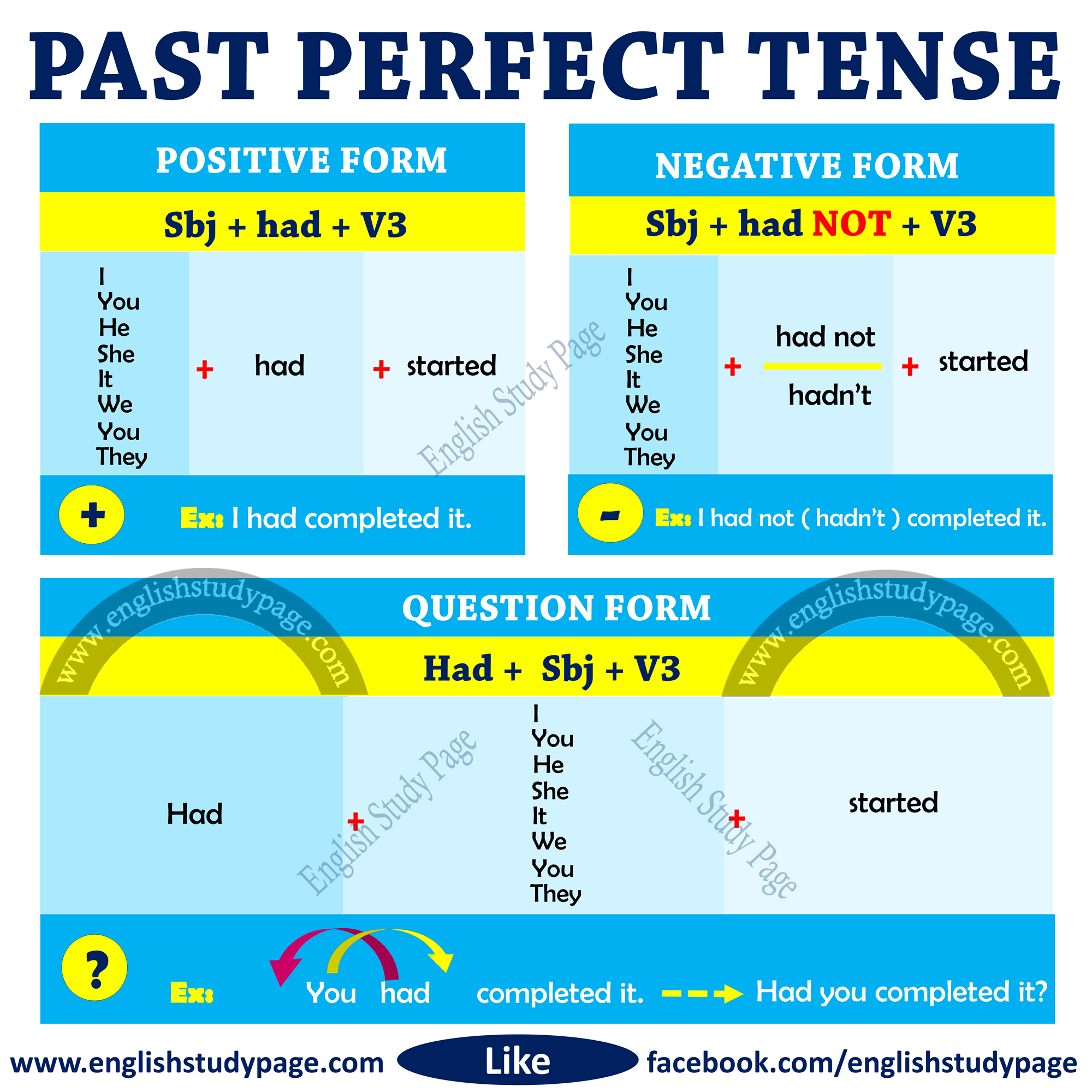
Contoh Past Perfect Tense Positive Negative Interrogative Berbagi My XXX Hot Girl
As we know, tense tells us the time of action and event, Past Indefinite Tense tells us about an action that took place in past time and also completed by that time. Past indefinite tense is also called Simple Past Tense. The structure of past indefinite tense is: Subject + V2 (II form of the verb) + Other Words Examples: He played yesterday.

150 Example Sentences for Past Indefinite Tense with Urdu Translation
Past Indefinite Tense. The past indefinite tense, also known as simple past tense, is used to indicate a finished or completed action/task that occurred/happened at a specific point in time in the past. 'A specific time' can be diverse and can cover a long period of time but it cannot be undeterminable.
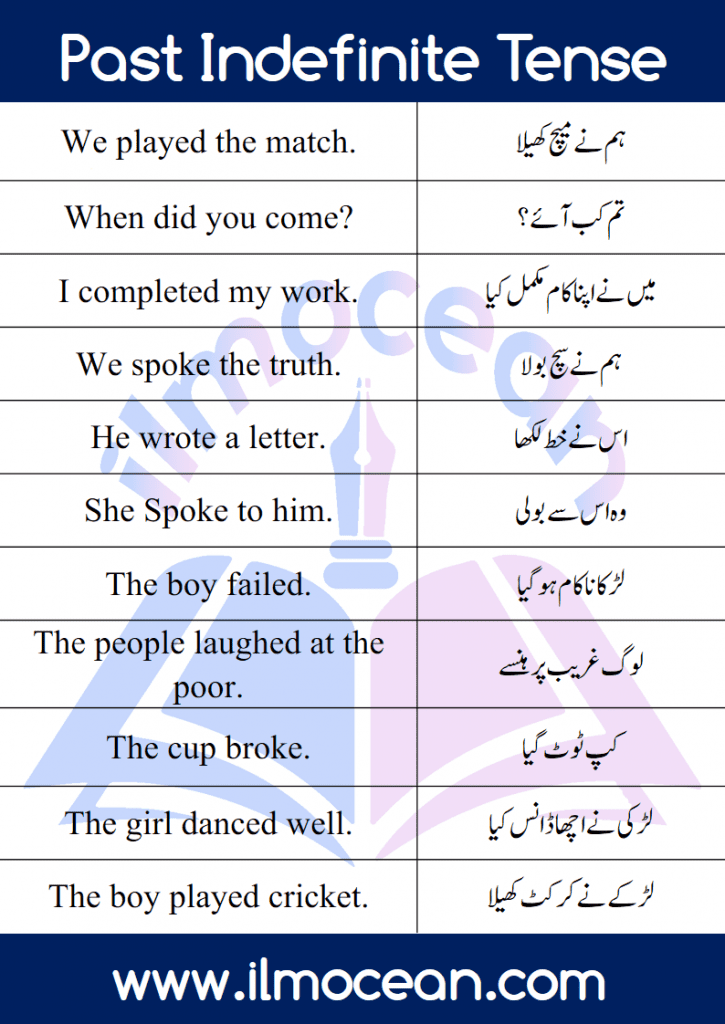
Past Indefinite Tense in English and Urdu Examples and Structures
Present Indefinite tense definition: The Present Indefinite tense is a verb form that is used to state facts, repeated actions, habits, and interests. We use this tense to talk about what we do, what we like, what we dislike, and what our goals and ambitions are. The Present Indefinite tense examples: I teach English. Rahul works at a mall.

Examples of Present Indefinite Tense Present Continuous Tense, Simple Present Tense, Simple Past
The past indefinite tense is used to talk about a completed action in a time before now. The time of the action can be in the recent past or the distant past and action duration is not important. With most verbs, the past tense is formed by adding -ed. (Liked, learned, walked).

Simple Present Tense Present Indefinite Tense Rules And Examples Riset
The Past Indefinite Tense is a tense used to express a state or action that occurred in the past. Usually, the exact time of this action or state is not specified in these sentences. Therefore, sentences have an indefinite meaning. In short, in such sentences, there is no time frame to give information about the exact time period of the action.

Past Indefinite Tense in Urdu Structures and Examples Engrabic Past indefinite tense
The past tense is a crucial aspect of grammar in the English language. It is used to describe actions or states that occurred in the past and is essential for clear communication. The past tense has four forms in English, including the simple past, past continuous, past perfect, and past perfect continuous. Each form has its own specific usage.

Simple Past Indefinite Tense Examples, Formula, Exercise, Rules, Structure
Past indefinite tense is also known as present simple tense. This tense is used to express actions that have occurred in the past. It states the following two types of past actions. I ate an apple. He caught a bird in the bushes. I met a friend in the market. An action that occurred on regular basis in past. She worked in a factory.

50 Past Indefinite Tense Examples EnglishTeachoo
It is used to refer to something that happened in the past, as you may have guessed from the name. It is the most basic form of past tenses, hence why it's called the 'Past Simple'. Other Tenses Other past tenses in the English language include the Past Continuous, the Past Perfect, and the Past Perfect Continuous.

Tense in English Grammar in Hindi Types, Rules, Charts, PDF Spoken English Guru (2022)
The simple past (also called past simple or past indefinite) is a verb form used to indicate repetition, habit, or generalization of an earlier time. Less commonly, you can use the simple past tense to refer to actions or states that happened in the past and are finished and completed.
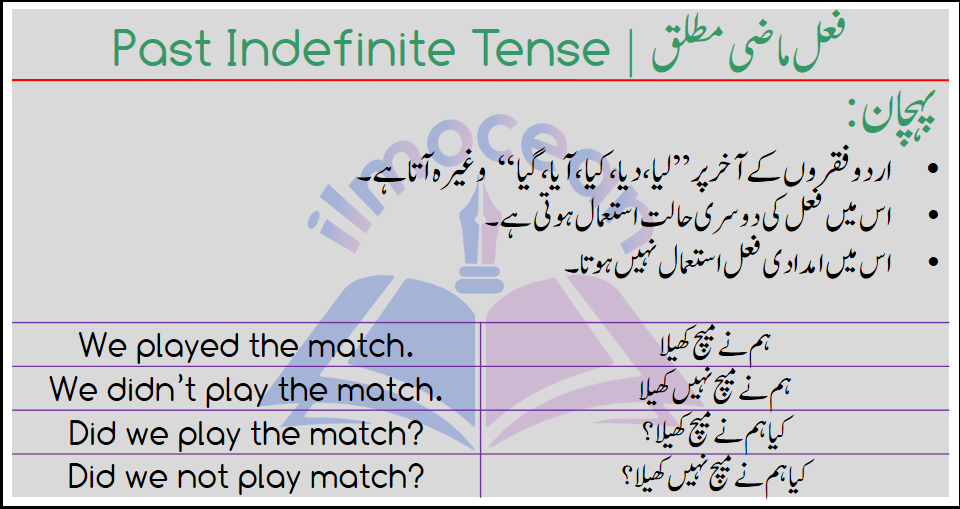
Past Indefinite Tense in English and Urdu Examples and Structures
Past tense also has four forms. The past indefinite tense, also known as simple past tense, is used to indicate a finished or completed action/task that occurred/happened at a specific point in time in the past. Structure of Past Indefinite Tense: Subject + verb in the past form + . . . . . + adverb of time + . . . . .

Learn Past Indefinite Tense in Urdu Grammar And Vocabulary, English Vocabulary Words, Past
The term indefinite direction is used to group all actions at indefinite times. These verbs are past tense, present tense, and future tense. It should be noted here that the appearance of the action is determined by whether the verb expresses a fact, an ongoing action, or an incomplete action. Actions of indefinite dimensions express facts.